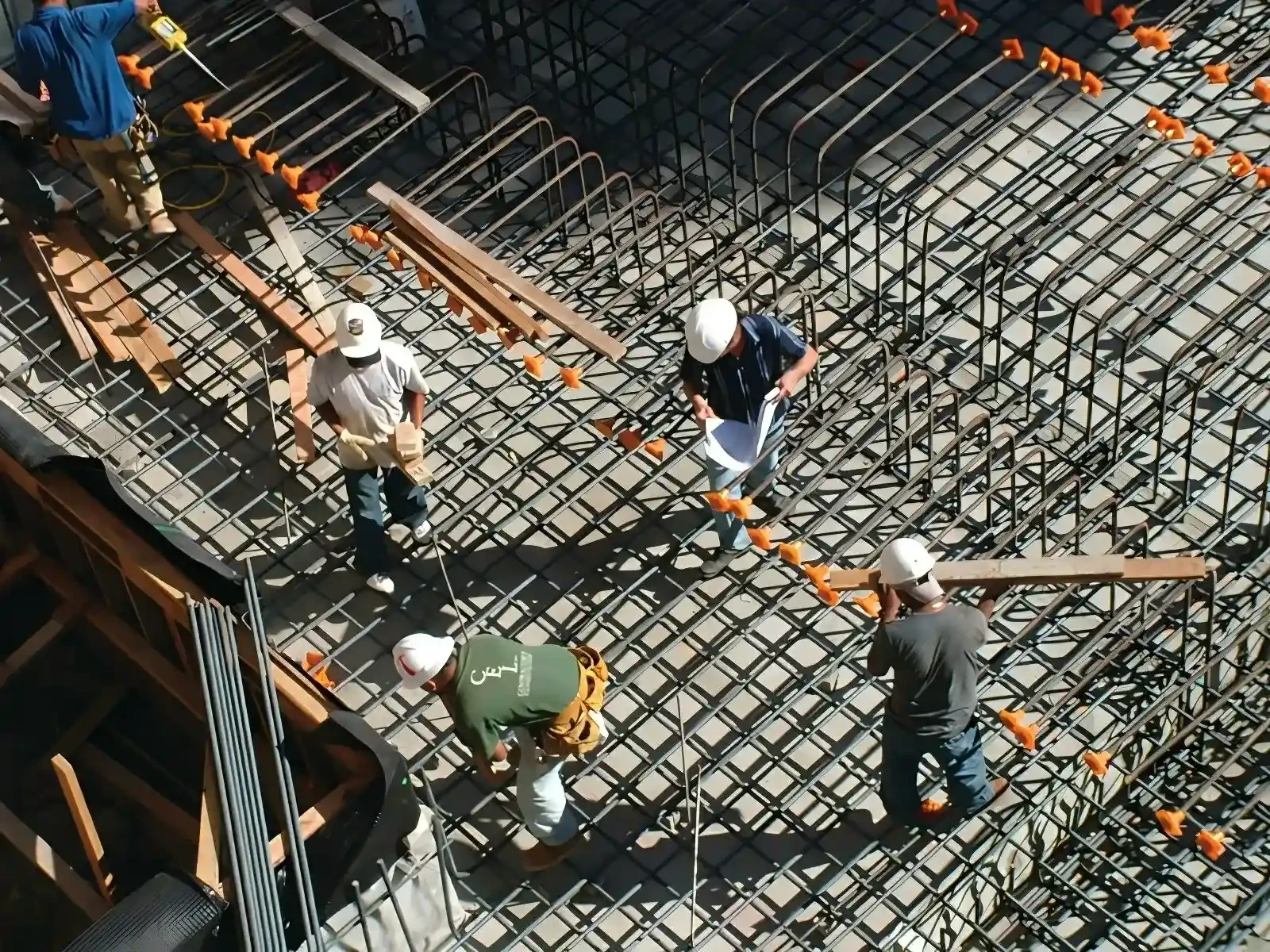Nov . 27, 2024 00:59 Back to list
Understanding the Specifications and Applications of Welded Wire Gauge Measurements
Understanding Welded Wire Gauge A Comprehensive Guide
Welded wire gauge is an essential concept in construction, landscaping, and various industrial applications. This specialized term refers to a measurement of wire thickness that is crucial for determining the strength, durability, and suitability of welded wire products. Whether you are utilizing welded wire for fencing, reinforcing concrete, or creating custom enclosures, understanding the nuances of wire gauge can greatly enhance your project’s effectiveness.
What is Welded Wire Gauge?
Welded wire gauge is a measure that denotes the wire diameter used in welded wire products, usually expressed in American Wire Gauge (AWG) or in millimeters (mm). The gauge number inversely correlates with the wire's thickness; in other words, a higher gauge number indicates a thinner wire, while a lower number signifies a thicker wire. For instance, a 10-gauge wire is much thicker than a 20-gauge wire. This measurement is critical because the thickness of the wire directly impacts its tensile strength and load-bearing capacity.
Common Applications of Welded Wire
Welded wire is widely utilized in numerous applications due to its versatility and strength
. Some common uses include1. Fencing Welded wire fences are popular for agricultural settings, animal containment, and residential gardens. They provide a durable barrier against intruders while allowing for visibility and airflow.
2. Reinforcement In the construction industry, welded wire mesh is often used to reinforce concrete slabs, foundations, and walls. The mesh distributes loads evenly, reducing the risk of cracking or buckling.
3. Custom Enclosures Welded wire is also used to create custom cages or enclosures for pets, storage, or manufacturing processes. The rigidity and structure provided by welded wire ensure safety while maintaining visibility.
welded wire gauge

4. Architectural Features Innovative designers incorporate welded wire into architectural elements, such as railings or decorative panels, to create both functional and aesthetically pleasing features.
Choosing the Right Gauge
Selecting the appropriate wire gauge is paramount for the success of your project. Several factors should influence your decision
1. Load Requirements Consider the amount of weight or tension the wire will need to support. Thicker gauges (lower numbers) are suitable for heavy-duty applications, while thinner gauges (higher numbers) may suffice for lighter uses.
2. Environmental Factors Corrosion resistance is crucial for outdoor applications. Stainless steel or galvanized options may extend the life of your welded wire structure, especially in harsh weather conditions.
3. Aesthetics If the visual aspect is important, consider the gauge in relation to the design. Thinner wires may offer a more delicate appearance, while thicker wires can convey strength and durability.
4. Compliance and Standards Ensure that the welded wire material adheres to any regional or industry-specific regulations. Compliance with safety standards is vital in construction and other industries.
Conclusion
In summary, understanding welded wire gauge is a fundamental aspect of selecting and utilizing welded wire products effectively. From fencing and reinforcement to custom projects, the gauge of the wire plays a critical role in performance and safety. By taking into account the load requirements, environmental conditions, aesthetics, and compliance standards, you can make informed decisions that enhance the longevity and functionality of your welded wire applications. Whether you are a DIY enthusiast or a professional in construction, mastering the details of welded wire gauge will empower you to achieve optimal results in your projects. Investing time in understanding this concept will undoubtedly pay off in the quality and durability of your work.
-
Reinforcing Mesh: Core Material of the Construction Industry
NewsJul.07,2025
-
Welded Wire Fabric Reinvented for Modern Projects
NewsJul.04,2025
-
Superiority of Stainless Steel Woven Mesh
NewsJul.04,2025
-
Key Types of Razor Wire and Their Applications
NewsJul.04,2025
-
Durable Metal Fence Types for Security
NewsJul.04,2025
-
Best Materials for Livestock Fence
NewsJul.04,2025
products.







